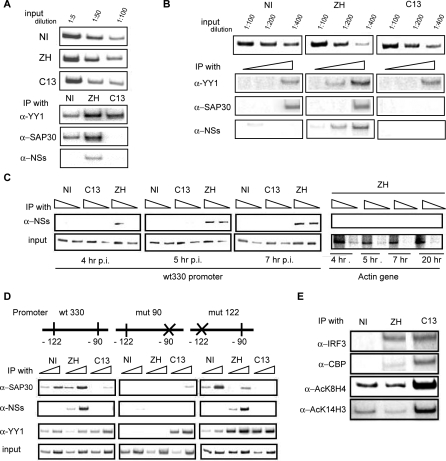Figure 3. A NSs/SAP30/YY1 Complex Is Recruited on the Silent IFN-β Promoter through YY1 −90 Site.
L929 cells (A) or L929 wt330 (B, C, and E), or L929 wt330, mut90, and mut122 (D) were infected with ZH or C13 at a m.o.i. of 5 and collected at 6 h p.i. or as indicated (C). Input and DNA immunoprecipitated (IP) with specific antibodies as indicated, were amplified with primers specific for the endogenous IFN-β promoter (A), for the integrated murine wild type wt330 IFN-β promoter (B-E), for the mutated integrated promoters (D) or for the murine β-actin gene (C). Schematic representation of murine IFN-β promoters either wild type (wt330) or mutated at the YY1 binding site present at position −90 (mut90) or −122 (mut122) is shown in D. Inputs are shown as controls except in E where they are the same as in D (wt330). Triangles indicate increasing amounts of DNA used during PCR reactions and corresponding in (B) to 1 μl, 2 μl, or 3 μl of 1:5 dilution of DNA immunoprecipitated with a-YY1 and a-SAP30 and of 1:50 dilution of DNA immunoprecipitated with a-NSs; (C) 1 μl and 2 μl of 1:50 dilution of DNA immunoprecipitated with a-NSs and 1 μl of 1:1,000 and 1:200 dilution of input DNA; (D) 1 μl of 1:5 and 1:1 dilution of DNA immunoprecipitated with a-YY1 and a-SAP30, 1 μl and 2 μl of 1:50 dilution of DNA immunoprecipitated with a-NSs and 1 μl of 1:1,000 and 1:200 dilution of input DNA.

